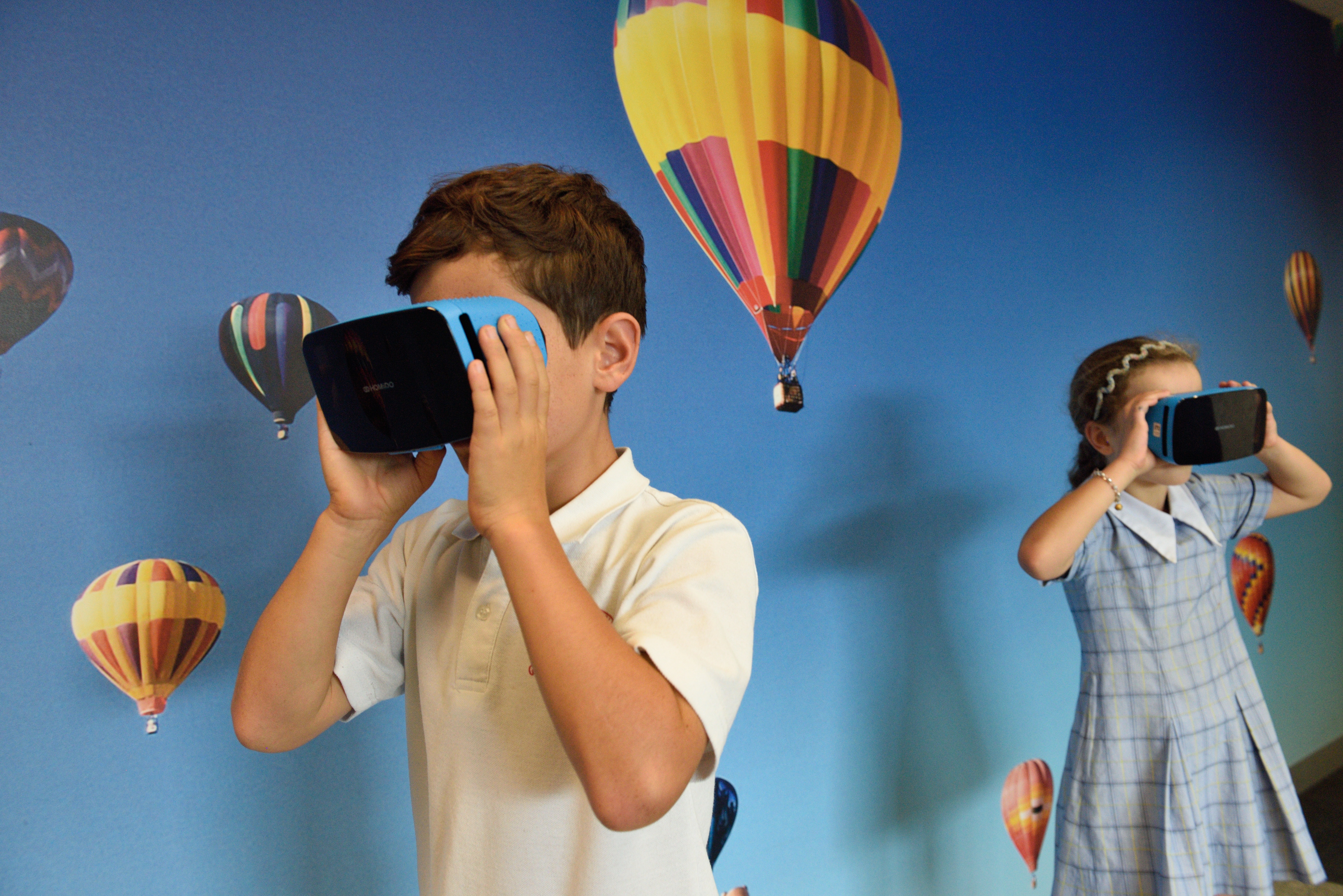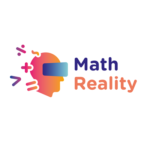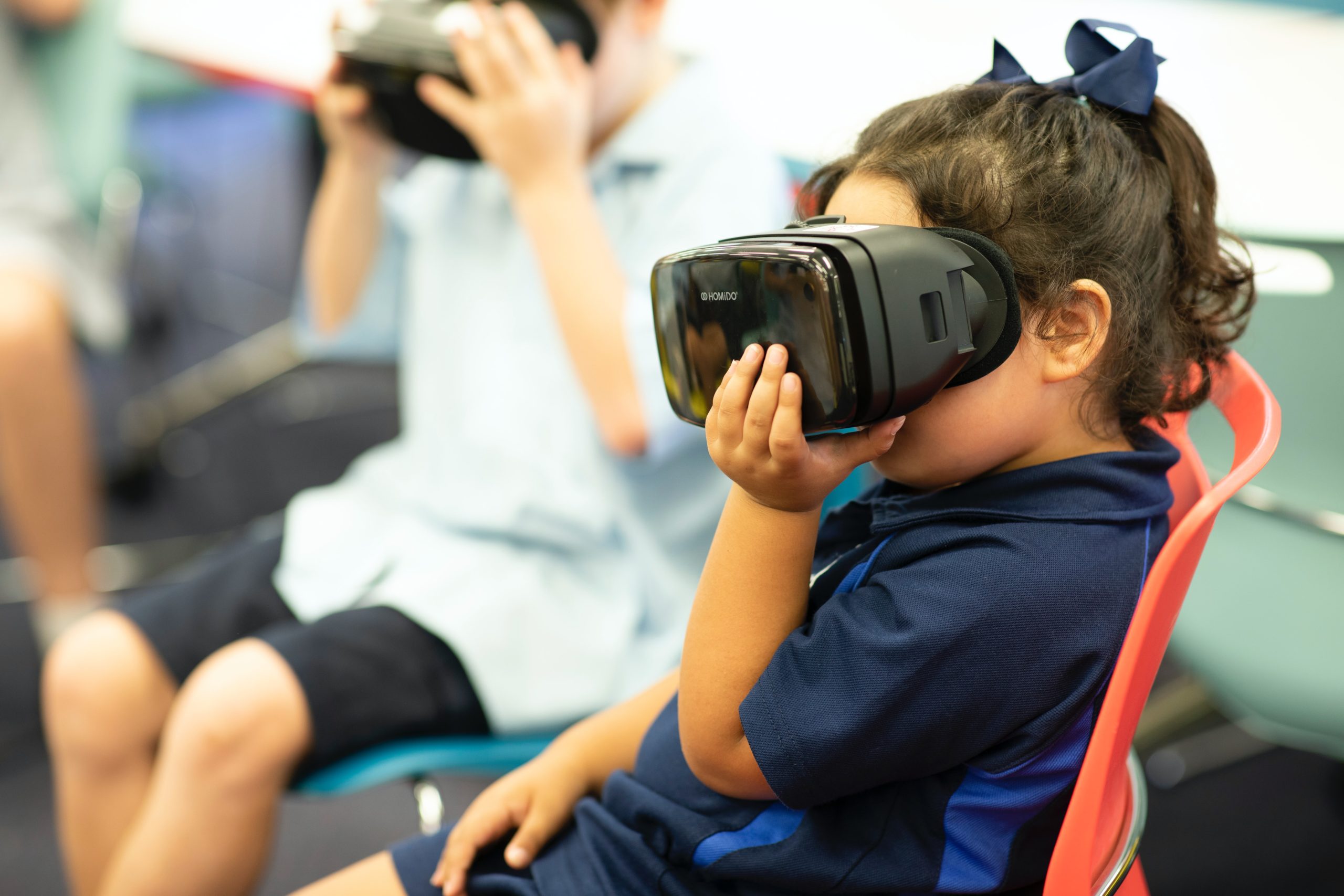If we ask our pupils what emotion they associate school with, “boredom” would probably be the answer (Larson & Richards 1991, Mora 2011). Bored students can face consequences such as low attentiveness (Farmer & Sundberg 1986), less effort (Pekrun, Goetz, Daniels, Stupnisky & Perry 2010), negative affect (Harris 2000) and shallow information processing, that often lead to low grades and drop out (Dube & Orpinas, 2009, Wasson, 1981). Boredom has also a negative effect on cognitive and metacognitive skills, preventing students to reach their potential.
But why do children and adolescents feel bored at school? Traditional methods of lecture-based education lead to disengaged students, who, dissatisfied by the negative experience of a passive learning, often tend to drop out of school; on the contrary, the more students are engaged in learning process, the bigger is their chance to improve and develop their skills.We need to find complementary forms of teaching to lecture-based learning, in order to engage students and to suggest them that school is not always boring: Virtual Reality (VR) could be a way to interest our students in the subjects and to stimulate their curiosity.
VR increases student engagement
Virtual Reality is an interactive and immersive experience. Students can do something they have never done before in a safe environment: it is possible to simulate trips to places of interest such as monuments, oceans, the Moon, the space, the human body, etc. (Lau & Lee 2015), providing a shared experience that can be discussed in classroom after. Students are free to explore the setting and to learn by their own pace, then they can discuss about their experience with their mates, improving overall engagement (Ferriter 2016). It is also possible to increase interest in subjects students could find boring or irrelevant by providing them with an “immersion” in the lesson. The ability to simulate an environment and increasing a student’s sense of presence is one of the most important opportunities of VR to create more engaging educational experiences.
VR allows authentic experiences
During a classroom-based learning, students get often bored because they feel disconnected by the real world, i.e. their daily experience, and they can’t understand why they have to memorise facts that do not seem related to real life. They would prefer a situated learning approach, in which learning is strictly connected to the context and takes place within authentic activity.VR gives students the chance to learn from meaningful experiences, dealing with authentic tasks, trying to find a solution to real problems and cooperating with others. Winn et al. (1997) found that academically low-performing students improved more than those learning through lecture-based methods, even more than their high-achieving counterparts.Some VR applications (such as VR Language Learning and Public Speaking VR) also give students a way to practice public speaking without feeling anxious (Virtual Speech, 2016).In addition, VR allows for practice in a highly immersive environment and closely parallel real-world situations: students can visit any location, historical period and/or person. It is possible, for instance, to give students a glance on their future workplace: Google Expeditions cointains career expeditions’ experiences, where students can follow a scientist or professional in their laboratories or offices (O’Brien 2016). This kind of technology can be very useful, expecially for schools with low resources: even if students are exploring a virtual space, they can make worthy authentic experiences, that could encourage them to learn more about their interests and/or about their future career, including fields that are usually not so represented in classroom (Butler 2003).
Understanding another point of view
One of the most interesting uses of VR is visualising difficult models, such as simulating to be an elderly person, a toddler, or a dyslectic student: studies demonstrated that the use of VR for these purposes signficantly increased empathy towards older and younger generations (Passig, Klein & Neuman 2001; Bailenson et al. 2008); it also improved teachers’ awareness of the dyslectic pupil’s cognitive experience (Shavit 2005). VR has the great power of creating empathy in students and teachers, immersing them in a realistic experience, changing their point of view and giving them the opportunity to understand a different point of view.
VR enhances creativity
VR allows users to create something from their imagination and to manipulate objects in order to facilitate the acquisition of difficult concepts. Students can easily shape their abstract ideas and then demostrate their mental models (Winn et al. 1997); it is also possibile to enhance artistic abilities, for example by painting, sculpting, and creating 3D objects using impossible materials, such as fire, snow, stars, thanks to Tiltbrush, a Google application. According to the theory of embodied cognition (Da Rold 2018), this kind of experience increases cognitive learning.
This is a part of Math Reality booklet, to read the entire document and find other resources visit the project website.

Visit the project website : www.math-reality.eu
Follow on Twitter : @MathReality

